

Max Davies
2026 Toyota HiAce review
3 Hours Ago
If you want a new car but don't want leather trim, there's an increasing number of options available on the market.

Contributor
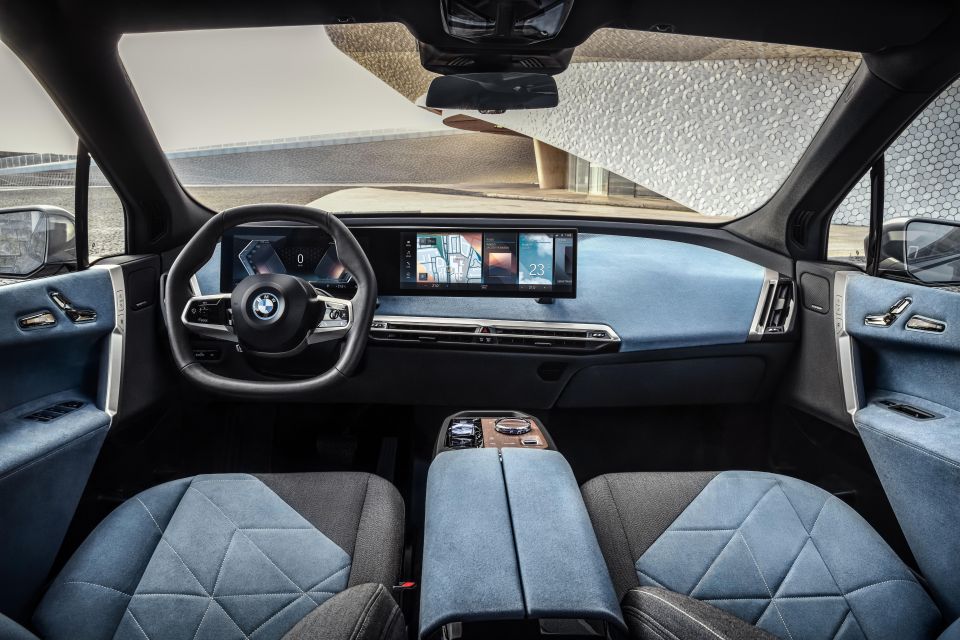

Contributor
Society is increasingly becoming environmentally conscious, and car manufacturers are correspondingly changing their products to cater to these new tastes.
Apart from electric vehicles and other zero-emission powertrains, interiors are another aspect of the car where carmakers are increasingly becoming more sustainable.
The advent of more ethical alternatives to leather, even in premium cars, means that cowhide is no longer a synonym for luxury in the automotive world.
Replacements for leather in the automotive industry currently fall into two broad categories. These are fabric-based replacements and artificial leather, the latter of which aims to mimic the characteristics of its animal counterpart.
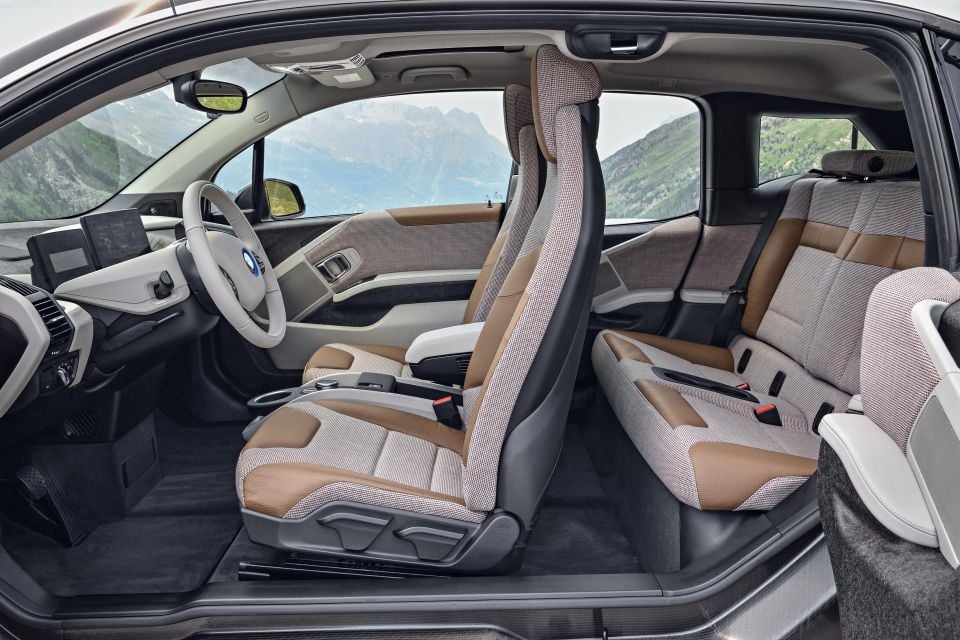
Fabric-based materials offer a different sensory experience than traditional leather, lacking its traditional smell and smooth, supple feel. In general, however, fabric-based materials are more climate sensitive than leather, managing to keep cooler in summer and often retaining heat better in winter.
In the luxury space, BMW was arguably one of the first to pioneer the use of fabric as a viable, equally premium alternative to leather (rather than a cheap, base trim option) with the iconic i3.
First launched towards the end of 2013, the i3 continues to offer fabric-based upholsteries in its ‘Atelier’ (not sold in Australia) ‘Loft’ and ‘Lodge’ interior design schemes, available in black, white and off-white colours respectively. The Lodge trim in particular features what BMW calls a ‘climate-regulating’ wool upholstery designed specifically to be comfortable in all climates.
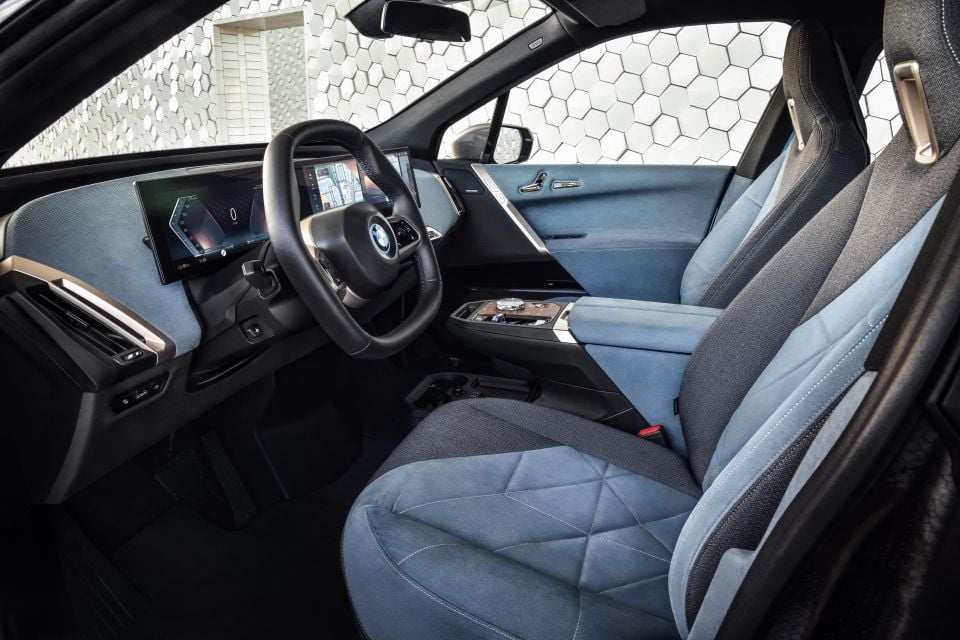
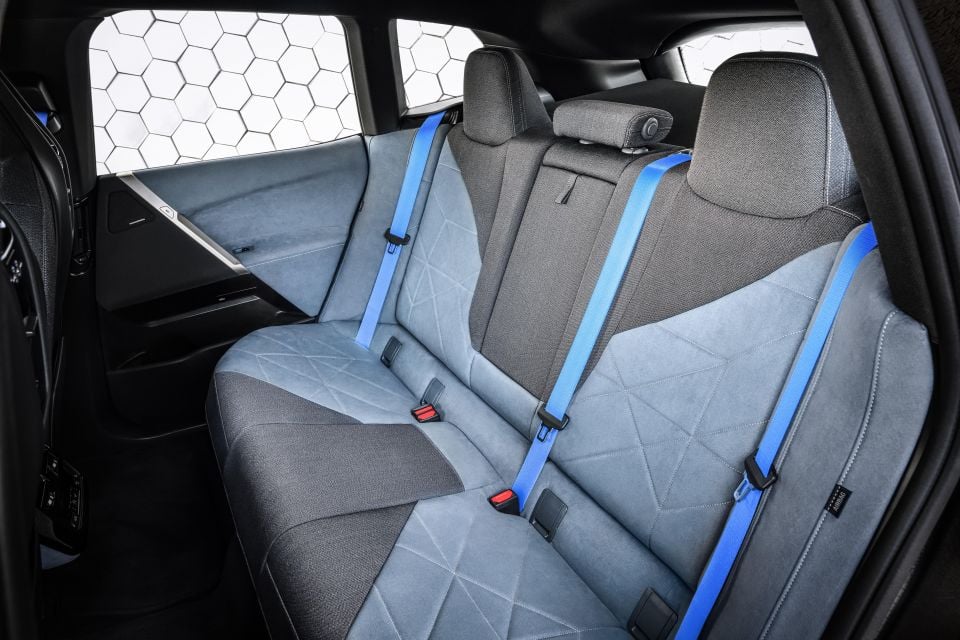
More recently, the forthcoming iX will also be available in a stunning ‘Loft’ trim that replaces leather with upholstery that combines a dark grey denim-like material with a blue microfibre fabric, in a diagonal geometric pattern.
Volvo, and its electric vehicle-focused sister brand, Polestar, are also innovators in this space. The new Polestar 2, for example, can be ordered with an interior featuring a new material known as ‘WeaveTech.’
This material is made entirely from a PVC plastic that is made to feel like a diver’s wetsuit, and features no solvents and a reduced amount of phthalates (one per cent compared to 35-45 per cent for typical PVC-based materials).
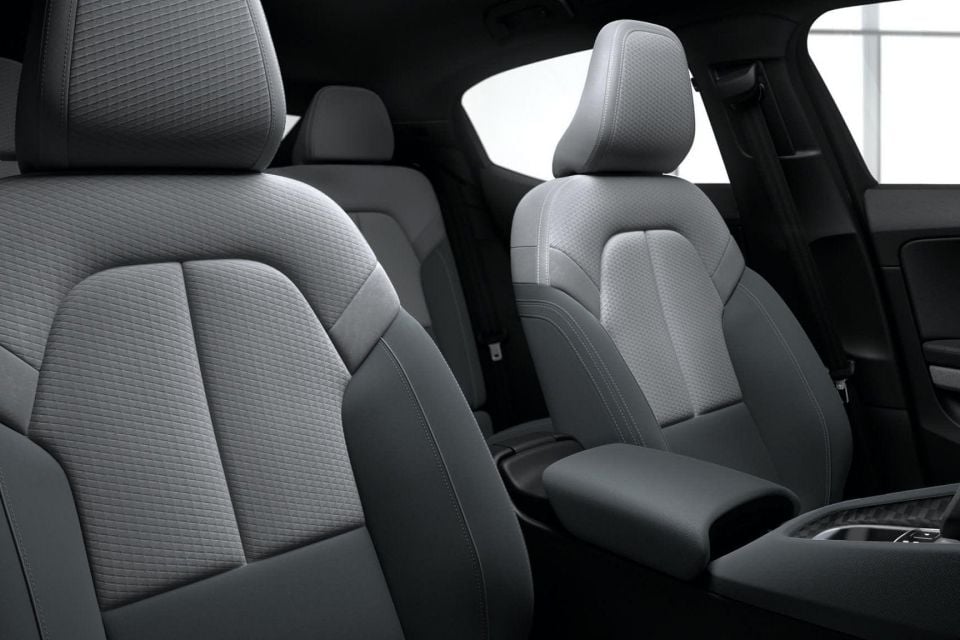
Polestar claims that this material is just as durable as any typical seating upholstery, with examples being put through eight weeks of testing that includes submerging it in a ‘boiling water-like environment’ for four weeks. Models from Volvo, in contrast, are available with seats in a more traditional textile upholstery that features 30 per cent wool and 70 per cent recycled polyester.
Jaguar Land Rover is another premium brand offering a range of options in the fabric space. For models such as the new Range Rover Evoque, it has partnered with Danish textiles company Kvadrat to offer a special grey fabric upholstery made with PET plastic commonly found in recyclable water bottles, to the extent that 53 of them are used to make enough material to upholster one suitably equipped Evoque. A ‘Eucalyptus Melange’ textile option is also available, produced from natural fibres.
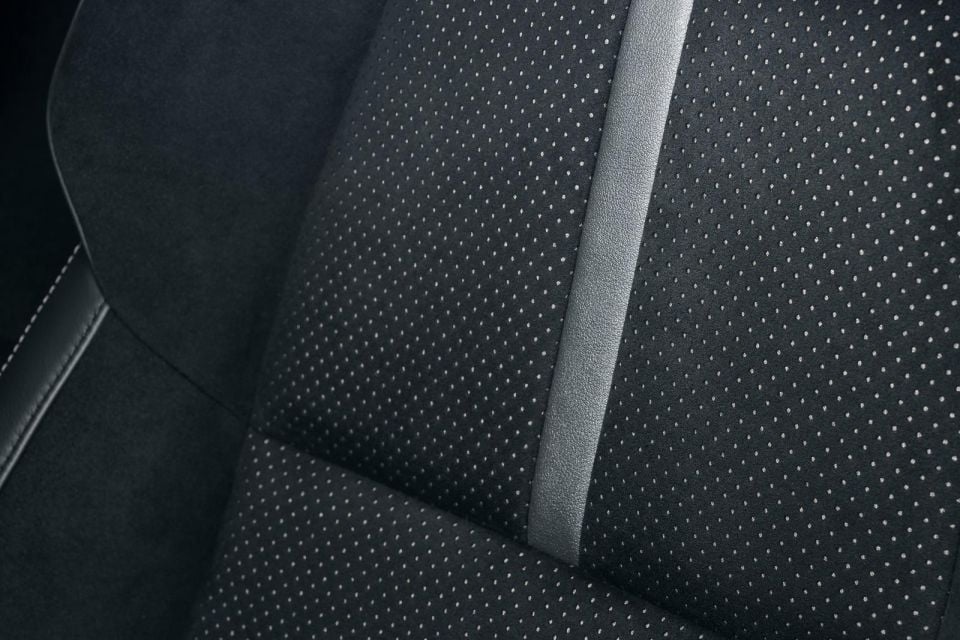
Apart from the premium fabrics that are unique to each carmaker described above, many models across the industry are available with seats, and often other interior components such as the steering wheel, dashboard and door cards, in a suede-like material.
Perhaps the three most popular brand names for this material are Alcantara, Ultrasuede and Dinamica. These are all OEM supplier brand names for similar microfibre based suede materials, and are often found on performance cars (or cars with sporty aspirations) as their grippy texture prevents occupants from sliding around during hard cornering. Often, a seat may come equipped with the central section in a suede material, and the outer bolsters in leather or artificial leather.
If you’re looking for a more affordable option, the base trim levels on many mainstream cars are typically offered with cloth upholstery. Nevertheless, in many cases these are paired with a leather steering wheel and shifter.
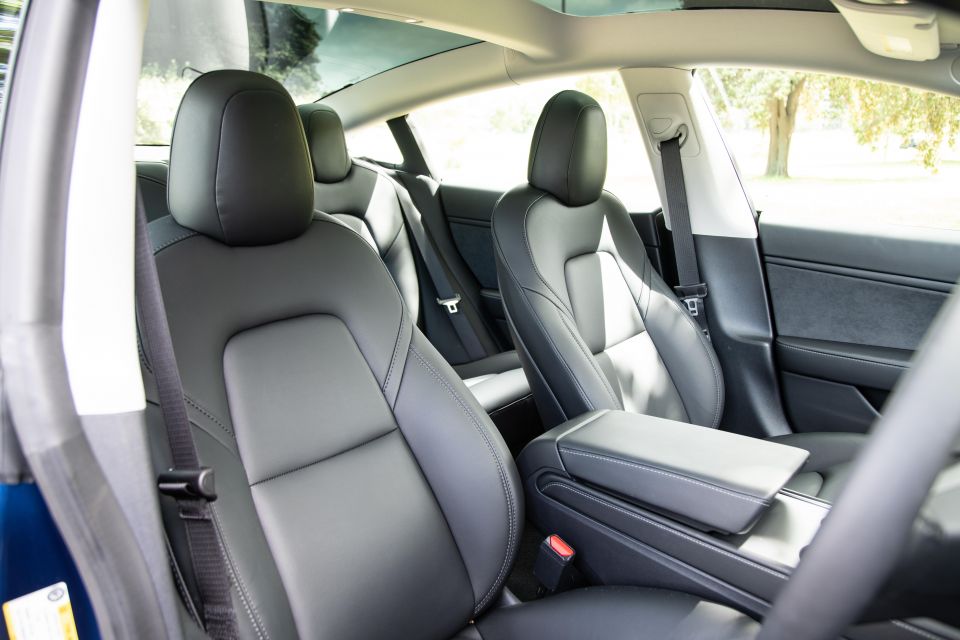
As the name suggests, artificial leather differs from the fabric described above by specifically trying to mimic the texture of real cowhide.
One of the most sustainable options in this space are vehicles from Tesla. Recent vehicles made by the company, including newer versions of the Model 3, substitute leather for a man-made alternative in all parts of the interior, including the seats and steering wheel. This contrasts with most other manufacturers who may offer artificial leather seats, but often use the real material on other surfaces such as the shifter and steering wheel.
Many OEMs have their own brand name for leatherette seats, and notable ones include MB-Tex/Artico (Mercedes), Sensatec (BMW), Nulux (Lexus), Maztex (Mazda) and LuxTec (Jaguar Land Rover).
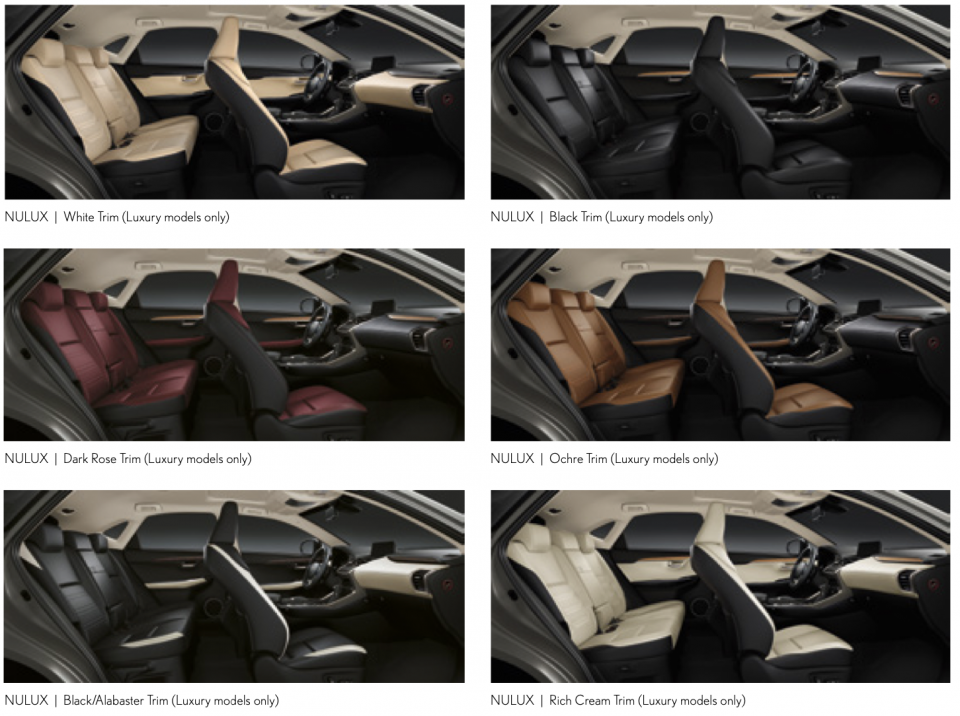
These are generally made from vinyl-based materials, and unfortunately are generally positioned, and made to feel, like a cheap substitute for those who can’t afford genuine leather, rather than a direct replacement. Higher-end models from these brands are therefore often only available with real leather.
The term ‘leather-accented’ is often used in brochures and marketing materials across the industry, and manufacturers often elaborate that artificial leather may be used ‘on selected high-impact surfaces.’
All of this just means that the seat upholstery is a combination of real and artificial leather. Where exactly the artificial material is placed varies by manufacturer, but could include the side bolsters, head restraints and potentially the back of the seats.


Max Davies
3 Hours Ago


William Stopford
19 Hours Ago


Ben Zachariah
20 Hours Ago


Derek Fung
21 Hours Ago


Matt Campbell
1 Day Ago


William Stopford
2 Days Ago